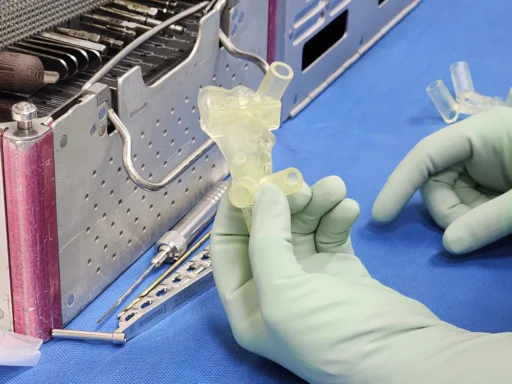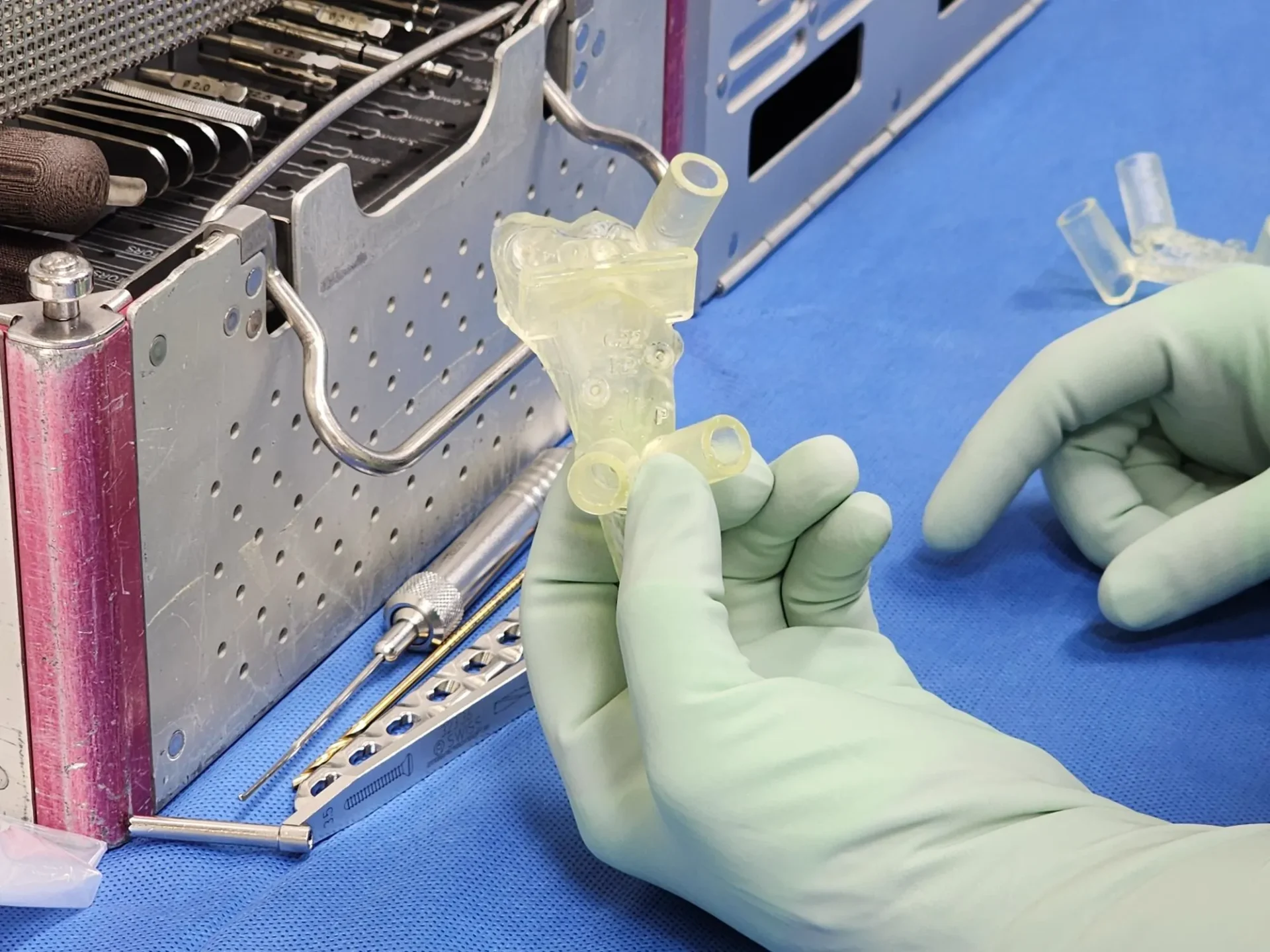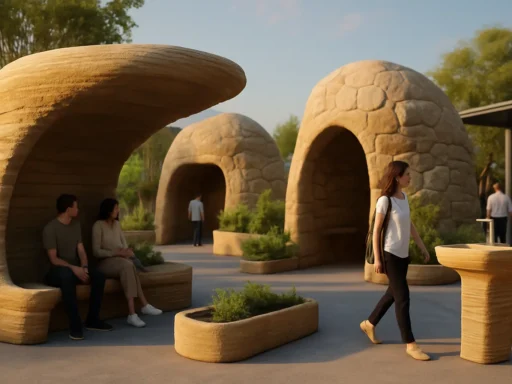Lisa Lattanza, MD, Chair and Ensign Professor of Orthopaedics & Rehabilitation, has successfully performed Yale School of Medicine’s first fully in-house 3D surgery. Known for her pioneering work in orthopedics (including the world’s first elbow transplant), Lattanza joined Yale in 2019, and has consistently aimed to combine her surgical planning expertise with advances in 3D tech ever since.
Her latest procedure addressed a distal radius malunion – a condition where a broken forearm heals improperly, resulting in misaligned or deformed bones. Lattanza collaborated with a Yale team to develop a precise 3D surgical plan using personalized surgical guides and anatomically precise 3D-printed bone models. Advanced imaging software and 3D modeling allowed Lattanza to achieve optimal outcomes, with no need for traditional surgical methods.
“This represents the convergence of orthopedics and engineering, creating new opportunities in personalized medicine,” said Lattanza. “Our approach focuses on understanding each patient’s unique anatomy and needs, tailoring the surgical plan accordingly.”
Traditionally, surgeons rely on 2D images like X-rays, which can leave room for interpretation when it comes to the extent and direction of deformities. Innovations in 3D surgical planning enable surgeons like Lattanza to provide unparalleled care for patients suffering from injuries or congenital conditions that have not healed properly, leading to pain and musculoskeletal dysfunction.
Using modern specialized software, engineers can convert CT or MRI scans into life-like 3D models of the patient’s anatomy. Surgeons then meticulously plan procedures using these models, making sure the surgery is safe and efficient. While its successful use still relies on a surgeon’s skill and experience, the technology itself is thought to be hugely disruptive.
In addition to 3D planning, Yale surgeons, clinicians, and researchers now have access to the 3D Collaborative for Medical Innovation (3DC), at the university’s Department of Orthopaedics & Rehabilitation. Moving forward, the project will allow for the creation of patient-specific 3D printed models, and tools for surgical preparation that offer tactile references for complex cases.
The patient who underwent Lattanza’s pioneering operation had a forearm injury that caused wrist dysfunction, strength loss, reduced range of motion – and a lot of pain. With 3D technology, doctors can now precisely correct deformities and restore such patients to their pre-injury selves. Inspiring stuff!






